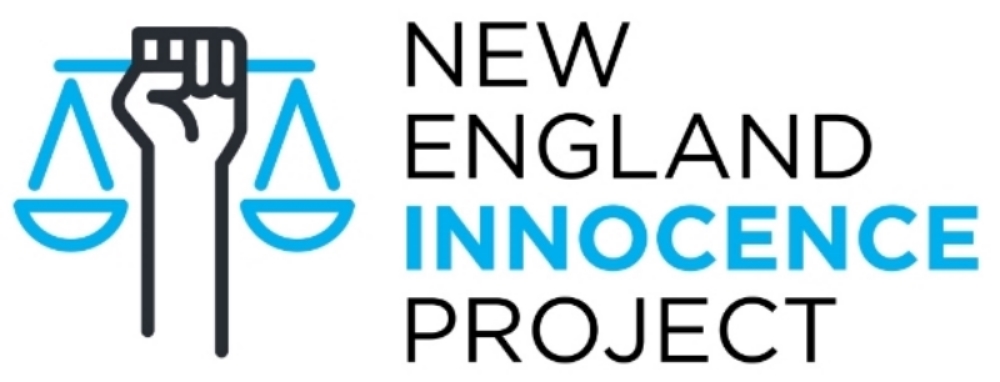April 25 is National DNA Day, an opportunity to share how forensic DNA analysis has transformed our understanding of the criminal legal system. While the American legal system was premised on the notion that it is better to have ten guilty people go free than to have one innocent person imprisoned, DNA testing has revealed how far we are from the ideal of that bedrock principle.
Because DNA testing can reliably help identify the person who committed a crime, it has been crucial to revealing how flawed investigations, prosecutions, and jury decisions have led to the wrongful imprisonment of innocent people.
Before the use of DNA testing, there was a general belief that our criminal legal system was infallible. Even where there was an acknowledgement of error, it was seen as the product of an isolated mistake due to the bad faith of a single bad actor. However, beginning in 1989, a steady stream of DNA exonerations has clearly demonstrated – to all willing to look – that wrongful convictions of innocent people do happen. Not because of a single bad actor, but as a result of common problems within our legal system and our culture of fear-driven mass incarceration.
DNA testing has revealed the myriad ways in which innocent people can be convicted of crimes they did not commit, such as mistaken eyewitness identifications, false confessions, flawed forensics, unreliable informants, and racism. Yet, DNA testing can only be performed in a small fraction of the criminal cases prosecuted. Fortunately, data from over 30 years of exonerations helps us identify these red flags in wrongful conviction cases, enabling us to detect and uncover evidence of error even where DNA testing is unavailable.
While the majority of the cases NEIP handles do not involve any evidence that can be tested for DNA, DNA exonerations establish the bookends of our nearly 20-year fight for justice. One of the very first exonerations we celebrated was for Dennis Maher in 2003. Dennis, then a sergeant in the United States Army, was wrongfully convicted of sexual assault in 1984 based entirely on mistaken eyewitness identifications. Once DNA testing became available, Dennis and his legal team tried unsuccessfully for years to locate and test the evidence in his case. Prosecutors and the Court repeatedly opposed his efforts because they were so convinced of his guilt. However, after the evidence was located, Dennis was finally given the opportunity to prove his innocence through DNA testing, and the results were conclusive. In 2003, after serving 19 years in prison for crimes he did not commit, Dennis was exonerated and able to return home to his loved ones.
This past winter, with the help of a Ropes & Gray pro-bono legal team, we celebrated the exoneration of Gary Cifizzari. (It is not lost on us that, had it been even a couple of months later, Gary’s underlying health conditions could have turned his wrongful conviction into a death sentence with the rise of COVID-19 in our overcrowded prisons.) Gary was wrongfully convicted in 1984 based solely on faulty forensics: now debunked bitemark evidence. As with Dennis’s case, and with many other wrongfully conviction cases, Gary’s legal team tried for years to locate the physical evidence from the crime scene to test it for DNA, but they were told it was lost or destroyed. Fortunately, the evidence still existed and, when tested, established what Gary had said for 35 long years: He was innocent. Gary was finally exonerated in December 2019.
In all of our cases, those that involve DNA and those that do not, our clients face a lengthy uphill battle as people continue to believe the myth that a person convicted within our criminal legal system must be guilty. We meet the challenge by using reliable methods to demonstrate innocence, including scientific testing, scientific advancement, and fact investigation, methods that are time-consuming and costly. We have learned that, while it is relatively easy for a wrongful conviction to happen, it takes a wealth of resources to correct even one.
On this National DNA day, we recognize and celebrate the significant role DNA has played in exposing flaws in our criminal legal system, one wrongfully convicted victim at a time. It is time to learn from our mistakes and invest in prevention by taking all the knowledge about wrongful convictions we’ve amassed over the last 30 years and overhaul our criminal legal system so it can, one day, be closer to a system of justice.

